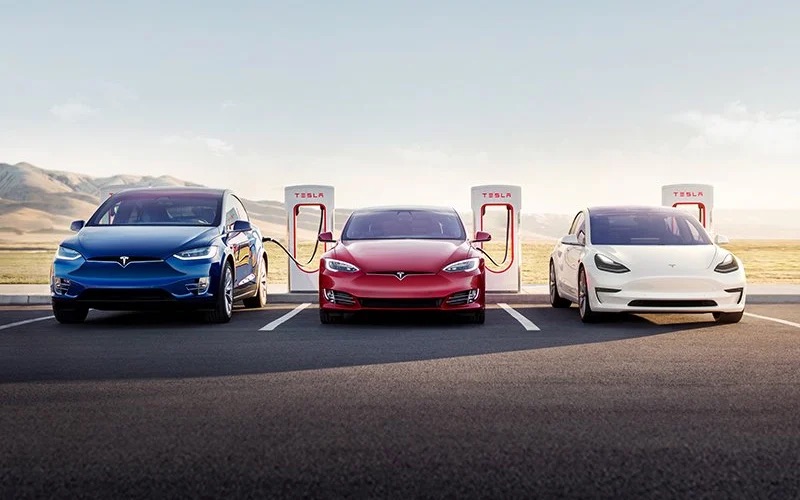
Tesla’s second-quarter results for 2025 reflected several headwinds: declining electric vehicle (EV) sales, a lower average selling price, reduced revenue from regulatory credits, and a drop in solar and energy storage income. Although its services segment, including revenue from the Supercharging network, grew by 17%, it wasn’t enough to offset these declines.
The company reported revenue of $22.5 billion, down 12% year-over-year, but still slightly above analysts’ expectations of $22.13 billion. This was an improvement over the $19.3 billion posted in the first quarter.
Profitability Declines Sharply
Tesla’s net income fell 16% from $1.4 billion in Q2 2024 to $1.17 billion this year. Operating income dropped even more significantly, down 42% to $923 million. While Tesla cited macroeconomic uncertainty, shifting tariffs, and political dynamics as pressures, the company positioned this quarter as a pivotal moment.
“Q2 2025 was a seminal point in Tesla’s history: the beginning of our transition from leading the electric vehicle and renewable energy industries to also becoming a leader in AI, robotics and related services,” Tesla stated in its shareholder letter.
However, Tesla’s investments in AI, robotics, and robotaxis are currently expenses rather than revenue drivers.
Regulatory credits have historically buoyed Tesla’s earnings, sometimes preventing losses. In Q2 2025, Tesla earned $439 million from these credits—a 50% drop compared to last year. This decline reflects recent legislative changes: the 2025 Budget Reconciliation Act eliminated penalties under Corporate Average Fuel Economy (CAFE) standards, effectively removing the market for zero-emission credits.
Vehicle Deliveries and Legal Pressures
Tesla delivered 384,122 vehicles in Q2 2025, a 13.5% drop from the same quarter last year but an improvement over Q1’s 337,000 deliveries.
The automaker faces mounting regulatory scrutiny. The California Department of Motor Vehicles is currently contesting Tesla’s license to sell cars in the state over alleged false advertising of its Autopilot and Full Self-Driving features.
Additionally, a civil lawsuit related to a fatal 2019 crash involving a Tesla on Autopilot is ongoing in Florida. The case may result in punitive damages and focuses on Tesla’s marketing of these driver assistance systems.
What The Author Thinks
Tesla’s shift from EV dominance toward AI and robotics marks a risky but necessary evolution. Declining regulatory credit revenue and vehicle sales expose the volatility of relying on past advantages. The company must carefully manage innovation investments while weathering regulatory and legal challenges. How Tesla balances growth and risk in this pivotal period will define its future trajectory.
Featured image credit: FMT
For more stories like it, click the +Follow button at the top of this page to follow us.
